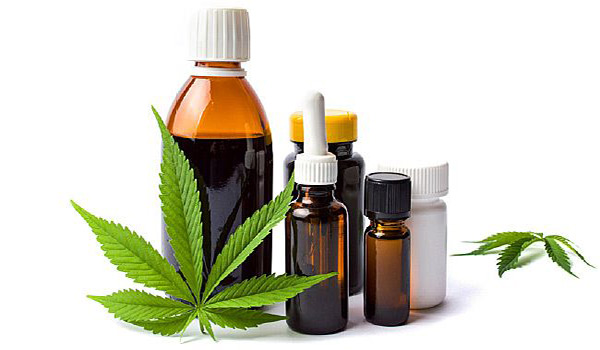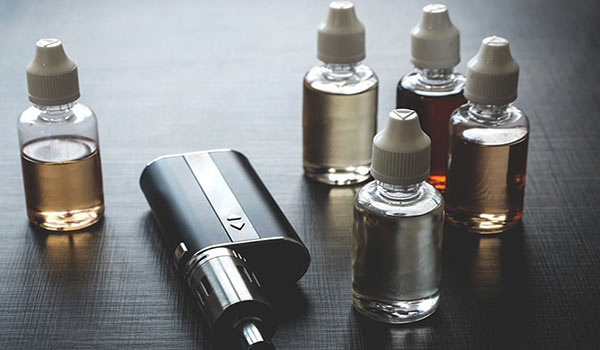Surprising Benefits of CBD Oil

You must have noticed some controversial headlines about the benefits of cannabis on various media platforms, social media sites and perhaps heard on your local radio. Many dispute the overall benefits of this product in terms of wellness and medicine. However, doctors, consumers, and even scientists are experiencing the health benefits of cannabis oil. Thus, it may soon be released in full force to the medical realm to help in combating various health complications. These are the surprising health perks linked to the use of cannabis products.
Brain Health
Research has it that CBD oil has surprising benefits to the brain. It can [prevent the brain from diseases such as dementia and Alzheimer’s. This is simply because CBD flower can reduce inflammation, help generate new brain cells, protect the old brain cells and even subdue free radical brain damage. Besides, you may have been prescribed some CBD product if you recently suffered some seizures.
Anyone who has multiple sclerosis and epilepsy may soon benefit from CBD products. However, the research is underway, and the report may be released soon. The CBD has inflammatory properties, antioxidants, and neuron-protective properties; it can significantly impact brain health.
Heart Health & Blood Pressure
High blood pressure and heart complication are significant illnesses that have claimed many lives. However, this is expected to change since CBD can help reduce high blood pressure. It showed that it could lower stroke volume in patients that had high-stress levels. The reduced blood pressure is good news for heart health. The other properties, such as antioxidants and anti-inflammatory properties, are good in maintaining heart health.
Cancer Treatment
Cancer is linked to various symptoms such as pain and nausea. However, research has it that these symptoms can be taken care of by CBD products. It is also ideal for use by patients undergoing chemotherapy since it reduces its effects. Thus, if you want to cut down on the feelings of nausea, you would better use CBD oil. The discomfort and pain can be significantly reduced by the use of CBD products.
Sleeplessness and Anxiety
Anxiety can be treated using CBD oil. For a long time, CBD oil has been instrumental in the treatment of anxiety, sleeplessness, and even PTSD. It has the ability to help work on your mood and social habits. However, you have to be cautious as you use CBD products. You have to avoid the products with any tracers of THC since it can reverse the expected result.
Bottom Line
CBD products have been great in the health realm. You can benefit a lot from the use of CBD oils. As stated above, your body can gain from CBD oil in various ways. Your brain health can improve and stay healthy if you start using CBD oils. Besides, you can still benefit from CBD oils if you have heart complications. You can prevent any heart complications if you are a regular user of CBD oils. Lastly, cancer patients can rely on ACBD oils.

